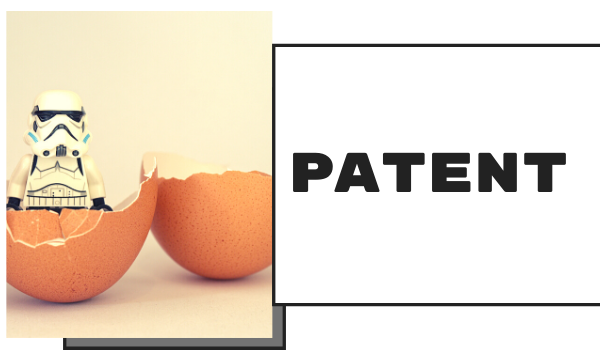Advances in manufacturing technology have reduced the time and effort needed to copy products. As a result, copies of innovative products are on the market in weeks or months after a new product is introduced. How innovators can protect their designs in the short run with design patents and use the exclusivity to generate trade dress rights that can survive the term of the design patent.
How copyright can be used as another avenue for the protection of these products. For products with potentially long product lives, this approach can provide, under the right circumstances, intellectual property rights for a product design and provide inventors with a bigger bang for the buck as was explained on https://vocal.media/journal/innovating-as-a-small-business.

Intellectual property has been called the currency of the 21st century. To provide exclusivity to your new idea, you should consider using intellectual property protection, typically through patenting as written in https://midhudsonnews.com/2020/05/10/how-does-inventhelp-support-new-inventors/ post. However, other forms of protection such as trademark, copyright and trade secret should be considered as well. An intellectual property asset can fall into one of the following 4 categories:
- Copyrights
- Trademarks
- Trade secrets
- Patents
Although these 4 types of intellectual properties possess some common characteristics, they also differ from each other significantly:
- Copyrights deal with literary and artistic expressions.
- Trademarks deal with commercial origin and identity.
- Trade secrets protect the proprietary interests of the company.
- Patents deal with functional and design inventions.